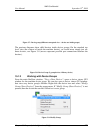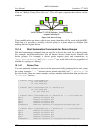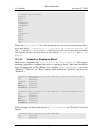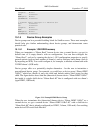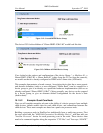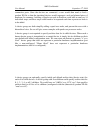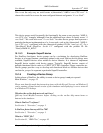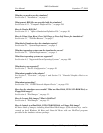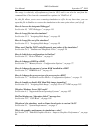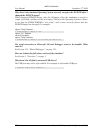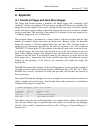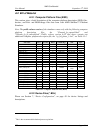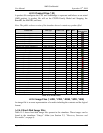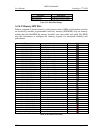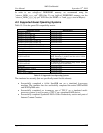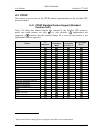
AMD Confidential
User Manual September 12
th
, 2008
Chapter 15: Frequently Asked Questions (FAQ) 179
The usage is relatively self-explanatory from its GUI, and it can also be run from the
command-line. Check out the command-line options via "DiskTool -h".
So, this file allows you to save a running simulation to a file. At any later time, you can
open this file in SimNow to restore the simulation to the same point where you left off.
How do I access the integrated Debugger?
See Section 10, “CPU Debugger”, on page 143.
How do I copy files into the simulator?
See Section 5.2.1, “Assigning Disk-Image”, on page 38.
How do I copy files out of the simulator?
See Section 5.2.1, “Assigning Disk-Image”, on page 38.
Where can I find the POST codes/Diagnostic port values of the simulation?
See Section 3.4.1, “SimStats and Diagnostic Ports”, on page 24.
How do I edit device configurations in SimNow?
See Section 3.2, “Device Window”, on page 9.
How do I change a BIOS in a BSD?
See Section 7.7, “Memory Device - Configuration Options”, on page 77.
How do I change the amount of system RAM installed in a BSD?
See Section 7.3, “DIMM Device”, on page 55.
How do I change the processor type of a processor in a BSD?
See Section 7.1, “AweSim Processor Device - Configuration Options”, on page 51.
How do I enable or disable IDE Hard Disk image journaling?
See Section 5.2.1, “Assigning Disk-Image”, on page 38 or A.7.2 IDE on page 235.
Why does Windows Server 2003 crash?
See Section A.3, “Supported Guest Operating Systems”, on page 187.
DiskTool displays an “Operation failed!” message box.
See Section 13.2, “GUI Mode”, on page 158.
Why doesn’t the simulator work on Linux kernels prior to version 2.6.10?
See Section 2.1, “System Requirements”, on page 3.
Why is the graphics performance in simulation so slow?
See Section 7.4, “Emerald Graphics Device - Improve Graphics Performance”, on page
64.



